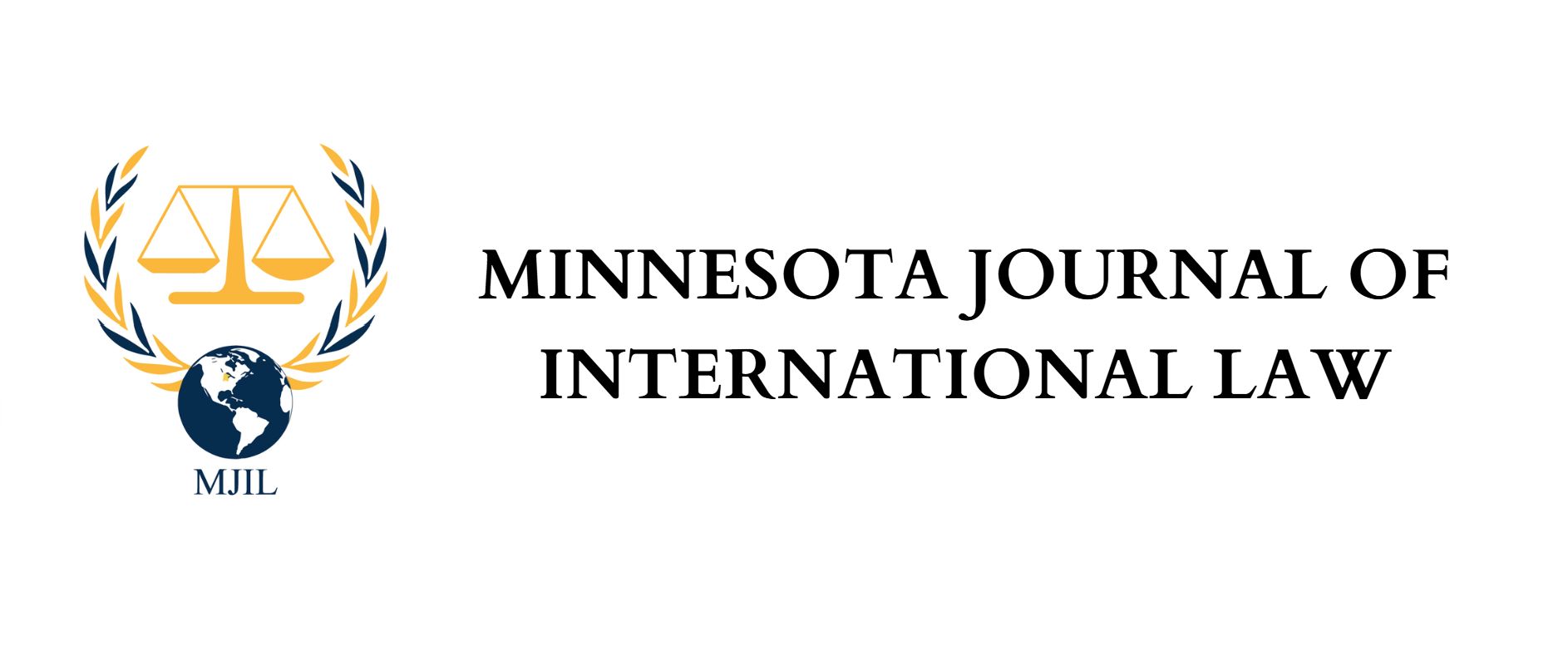By Molly McKinsey
In 2015, Europe was facing a “crisis” as a record number of refugees sought refuge from conflict, terror, and persecution in their home countries.[1] European leaders became desperate to curb irregular migration.[2] Believing that the crisis was a result of insecure external borders, EU leaders entered into pacts that placed asylum processing on ‘safe’ third countries.[3] One of these pacts is known as the EU-Turkey Agreement.[4]
Under the Agreement, Greece was to return all migrants who did not apply for asylum or whose applications for asylum were deemed inadmissible, to Turkey.[5] For each Syrian refugee returned, one would be relocated in the EU.[6] Concern about whether the Agreement complied with an individual’s right to asylum and non-refoulement were quickly validated.[7] Asylum applications were denied without adequate evaluation on merits because Turkey was assumed to be a ‘safe’ third country.[8] Those refugees that were sent back to Turkey were often returned to their country of origin without an opportunity to apply for asylum in Turkey.[9]
In 2020, Turkish President, Recep Tayyip Erdogan, declared that Turkey could no longer manage the ever-growing numbers of migrants it was taking on.[10] Erdogan opened the border between Turkey and Greece and encouraged migrants to make the dangerous journey across the Mediterranean Sea to Greece where they were faced with violent push backs and inhumane conditions.[11] After six years of international law and human rights abuses carried out in the name of the EU-Turkey Agreement, the EU proposed the New Pact on Asylum and Migration.[12] The Pact fails to address the international and human rights violations facing asylum seekers in the EU.
The Pact re-implemented the concept of the ‘safe’ third country, through which so many asylum seekers were deprived their right to seek asylum under the EU-Turkey Agreement.[13] Additionally, the New Pact introduces a “return sponsorship” system which places asylum seekers at risk of placement in a country that does not accept relocation and ultimately, puts them at risk of impermissible removal.[14] The New Pact is evidence that the EU continues to prioritize maintaining an insulated Europe over international and human rights laws.
[1]Europe’s Migration Crisis, Eur. Parliament (June 30, 2017), https://www.europarl.europa.eu/news/en/headlines/society/20170629STO78631/europe-s-migration-crisis; William Spindler, 2015: The Year of Europe’s Refugee Crisis, UNHCR (Dec. 8, 2015), https://www.unhcr.org/en-us/news/stories/2015/12/56ec1ebde/2015-year-europes-refugee-crisis.html (explaining that within the year, over 911,000 refugees from primarily, Syria, Afghanistan, and Iraq had made their way into EU territory).
[2] EU leaders were extremely concerned about potential political and humanitarian threats that could result from the influx of migrants to the EU. In 2016, over 4,000 migrants had disappeared or died while traveling across the Mediterranean Sea to reach EU borders. Borges, The EU-Turkey Agreement: Refugees, Rights and Public Policy, 18 Rutgers Race & L. Rev. 121, 122 (2017). Some viewed the mass migration into the EU as a political threat because the far-right powers growing in EU Member States framed migrants as a threat to Europe’s culture and resources. Olivia Long, The EU-Turkey Deal: Explained, Choose Love (Apr.5, 2018), https://helprefugees.org/news/eu-turkey-deal-explained/.
[3] Nanda Oudejans, Conny Rijken and Annick Pijnenburg, Article: Protecting the EU External Borders and the Prohibition of Refoulement, 19 Melb. J. Int’l L. 153, 154 (2018) (Austl.).
[4] European Council Press Release 144/16, EU-Turkey Statement, 18 March 2016 (March 18, 2016).
[5] Id.
[6] Id.
[7] G.A. Res. 2198 (XXI), Convention and Protocol Relating to the Status of Refugees (1951); Consolidated Version of the Treaty on the Functioning of the European Union art. 78, Oct. 10, 2012, O.J. 326/47.
[8] A Blueprint for Despair: Human Rights Impact of the EU-Turkey Deal, Amnesty Int’l (Feb. 14, 2017), at 6, https://www.amnesty.org/en/documents/eur25/5664/2017/en/ (explaining that Turkey is not able to guarantee adequate protection and living conditions to refugees).
[9] Hülya Kaya, The EU-Turkey Statement on Refugees 171 (2020).
[10]Turkey Says Millions of Migrants May Head to EU, BBC (Mar. 2, 2020), https://www.bbc.com/news/world-europe-51707958. Since 2014, Turkey received three million refugees. See id. at 161.
[11] Between March 2020 and August 2020, over 1,072 asylum seekers were pushed back from the Greece border and left to float in inflatable life rafts at sea. Patrick Kingsley & Karam Shoumali, Taking Hard Line, Greece Turns Back Migrants by Abandoning Them at Sea, N.Y. Times (Aug. 14, 2020), https://www.nytimes.com/2020/08/14/world/europe/greece-migrants-abandoning-sea.html.
[12] European Commission Press Release IP/20/1706, A Fresh Start on Migration: Building Confidence and Striking a New Balance Between Responsibility and Solidarity (Sept. 23, 2020).
[13] Borges, The EU-Turkey Agreement: Refugees, Rights and Public Policy, 18 Rutgers Race & L. Rev. 121, 122 (2017).
[14]The Pact on Migration and Asylum, Human Rts. Watch (Oct. 8, 2020 11:00 AM, https://www.hrw.org/news/2020/10/08/pact-migration-and-asylum.
